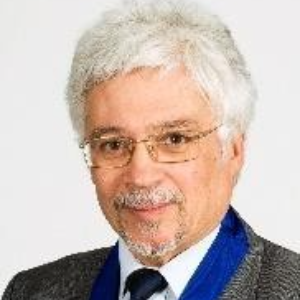Sternocleidomastoid Muscle
The Sternocleidomastoid (SCM) Muscle is a prominent muscle in the neck with two heads – sternal and clavicular – originating from the sternum and clavicle, respectively, and inserting into the mastoid process of the temporal bone. In orthopaedics, the SCM is crucial for neck movement and stability. Orthopedic assessments often involve evaluating the SCM in cases of neck pain, stiffness, or musculoskeletal imbalances. Dysfunction or tightness in the SCM can contribute to conditions such as torticollis or headaches. Rehabilitation strategies in orthopaedics may include exercises targeting the SCM to improve strength, flexibility, and overall cervical spine function. Physical therapists work to address muscle imbalances and optimize neck posture to alleviate symptoms related to SCM issues. Understanding the anatomy and function of the sternocleidomastoid muscle is essential in orthopaedics for diagnosing and managing conditions related to the cervical spine and neck, contributing to comprehensive musculoskeletal care and effective rehabilitation. Understanding the anatomy and function of the sternocleidomastoid muscle is essential in orthopaedics for diagnosing and managing conditions related to the cervical spine and neck, contributing to comprehensive musculoskeletal care and effective rehabilitation.

Stephen S Tower
University of Alaska Anchorage, United States
Marcos Brioschi
American Academy of Thermology, United States
Wagih El Masri
Keele University, United Kingdom
Arif Akkok
Lake Erie College of Osteopathic Medicine, United States
Akash Ganguly
Warrington and Halton Hospitals NHS FT, United Kingdom
Sajid Ali
The Dudley Group NHS Foundation Trust, United Kingdom




Title : The UK profemur recall and implant cobaltism
Stephen S Tower, University of Alaska Anchorage, United States
Title : The tomographic phenotype and the genotype of wormain bones
Ali Al Kaissi, National Ilizarov Medical Research Center for Traumatology and Orthopaedics, Russian Federation
Title : New treatment of muscle contracture and joint contracture through muscle regeneration with mitochondrial dynamics
Ki Ji Lee, Busan Medical University, Korea, Republic of
Title : New treatment of sarcopenia through muscle regeneration with mitochondrial dynamics
Ki Ji Lee, Busan Medical University, Korea, Republic of
Title : The prevalence and association of self-reported depression symptoms with musculoskeletal pain and quality of life among pregnant women
Youssef Masharawi, Tel Aviv University, Israel
Title : Bipolar hemiarthroplasty under local anesthesia (2%)
Ketan Karabhai Parmar, Aayush Multispecialty Hospital, India